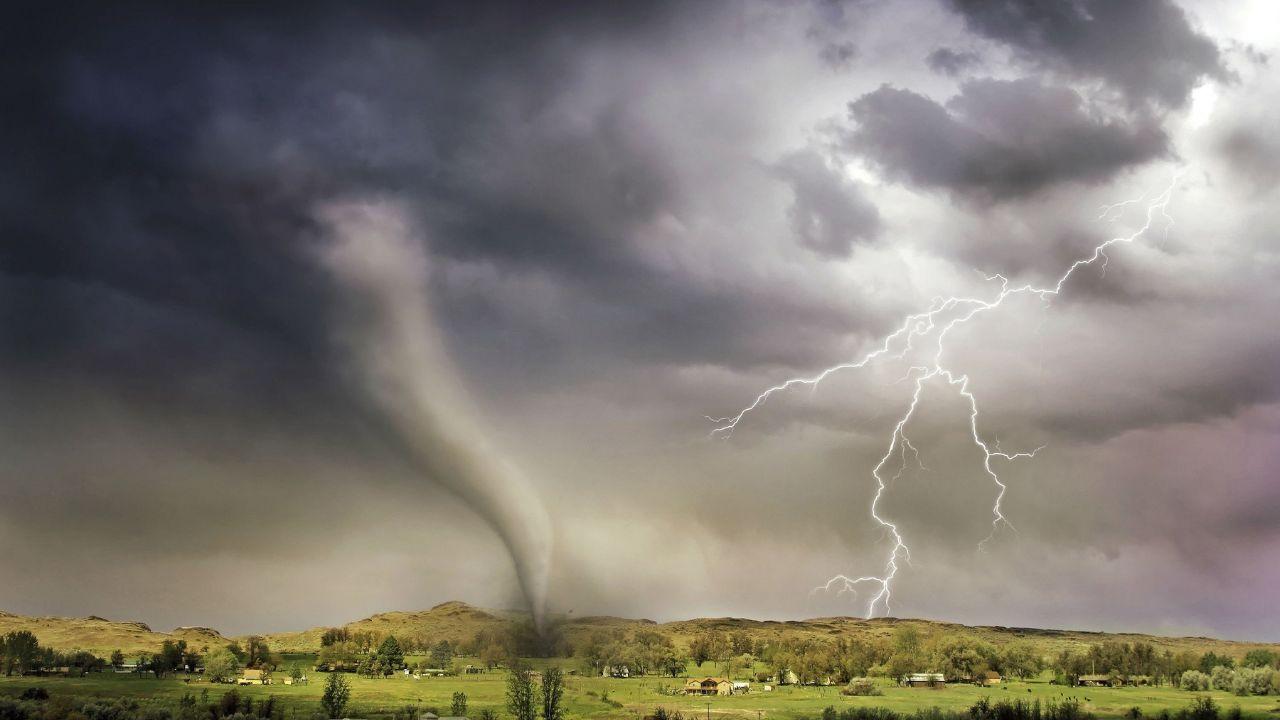Vietnam evacuated thousands from central and northern provinces as Typhoon Bualoi made an unexpected rapid approach, making landfall in the early hours of Monday in the northern coastal province of Ha Tinh. Forecasters indicated that the storm would move inland, gradually weakening as it pushed northwest toward the hilly regions of Ha Tinh and neighboring Nghe An.
Since Friday, Bualoi has caused at least 20 fatalities in the central Philippines, primarily due to drownings and fallen trees. The typhoon also knocked out power in several towns and cities and forced approximately 23,000 families to evacuate to over 1,400 emergency shelters.
In Vietnam, the typhoon was expected to bring winds of up to 133 kph (83 mph), storm surges exceeding one meter (3.2 feet), and heavy rains capable of triggering flash floods and landslides. State media reported that more than 347,000 families had lost power due to the storm. Strong gusts ripped off corrugated iron roofs along highways and toppled concrete pillars.
Residents in Phong Nha commune, about 45 kilometers (28 miles) from Dong Hoi, described experiencing “terrible gusts” of wind accompanied by pounding rain. “No one dares to go out,” said local resident Le Hang to state media VNExpress.
Authorities have grounded fishing boats in northern and central regions and ordered mass evacuations. Coastal city Da Nang planned to relocate over 210,000 people, while Hue, located to its north, prepared to move more than 32,000 coastal residents to safer ground.
Since Saturday night, heavy rains have drenched Vietnam’s central provinces. In Hue, floods submerged low-lying streets, storms stripped roofs, and at least one person was reported missing after being swept away by floodwaters. In neighboring Quang Tri province, a fishing boat sank, and another became stranded while seeking shelter. Nine people were rescued, with efforts ongoing to reach two others at sea, according to state media.
A tragic incident also occurred Sunday when a 16-year-old was killed by electrocution during heavy rain and strong winds in Quang Tri province. The teenager was traveling with a friend along a village road when the accident happened.
Dr. Hoang Phuc Lam, deputy director of the National Center for Hydro-Meteorological Forecasting, noted that the storm was likely to move slowly, resulting in prolonged periods of wind and rain which could increase the risk of damage and flooding. Forecasters warned of continued heavy rain through October 1, heightening risks of floods and landslides in northern and central provinces.
Typhoon Bualoi is the second major storm to threaten Asia within a week. Earlier, Typhoon Ragasa — one of the strongest storms in years — caused at least 28 deaths in the northern Philippines and Taiwan before making landfall in China and dissipating over Vietnam last Thursday.
Experts attribute the increasing intensity of such storms to global warming. Warmer oceans provide tropical storms with more fuel, leading to stronger winds, heavier rainfall, and altered precipitation patterns across East Asia, as seen in previous storms like July’s Wipha.
*This report has been sourced from third-party syndicated feeds and agencies. Mid-day accepts no responsibility or liability for the dependability, trustworthiness, or reliability of the data presented. Mid-day management reserves the right to alter, delete, or remove content at its discretion without notice.*
https://www.mid-day.com/news/world-news/article/vietnam-evacuates-thousands-and-shuts-airports-as-typhoon-bualoi-makes-landfall-23596278


